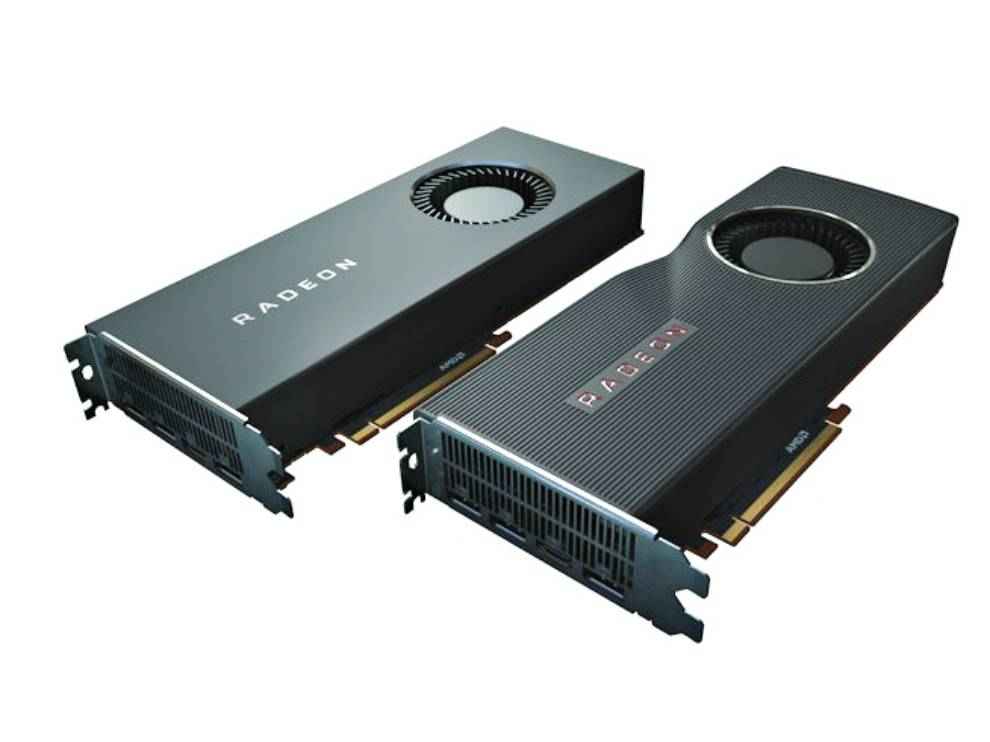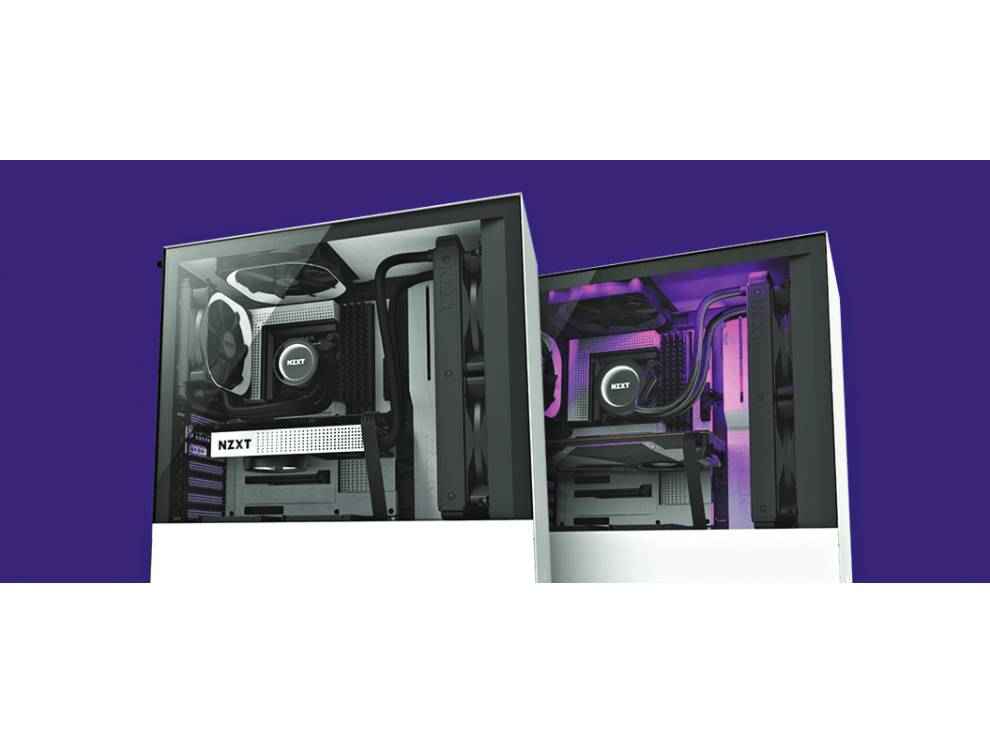Wonders of Wi-Fi 6

The upcoming Wi-Fi 6 standard is no doubt being marketed as a game changer that’ll make you stop cursing at your Wi-Fi router, because no matter where you are within the range of the unit, you’ll continue to enjoy a clean and seamless experience. This is because unlike previous revisions to the Wi-Fi protocol which only brought upgrades to the 5 GHz band. Wi-Fi 6 also focuses on improving the characteristics of the 2.4 GHz band by bringing some upgrades to the much neglected band as well. This should make even the budget Wi-Fi 6 routers capable of handling more clients with ease than compared to the previous gen routers.
 Survey
SurveyThis is certainly an upgrade but it’s nowhere close to being the monumental game changer that it’s advertised to be. A lot of the technologies that make Wi-Fi 6 great are also being incorporated into 5G. They’re both radio-based communication standards and it makes sense to incorporate all the technologies that will improve signal reception in both of them. The improved MU-MIMO, which can handle 12 spatial streams with ease, is the primary reason why Wi-Fi 6 will work in the manner that Wi-Fi was supposed to all these years. It takes away the onus of having a high-end Wi-Fi module on your devices to make the most of it. Even cheap smartphones with just two antennae can work seamlessly with Wi-Fi 6 routers. Also, legacy protocol devices will no longer downgrade the network performance as was the case until now. This is because the Wi-Fi 6 MU-MIMO can easily dedicate an entire spatial stream to the slowest device and isolate it from the rest. Who doesn’t experience this in their homes? No matter how you configure your home network, there will be that one ancient 802.11a/b device that would degrade the entire network. The usual solution was to get a dual-band router and relegate slower devices to the 2.4 GHz band and keep all the newer devices on the faster 5 GHz. The only problem is that the 5 GHz band isn’t as good at penetrating walls and you’re left without a choice but to perform gymnastics with your device to get good signal. That all changes with Wi-Fi 6.
Despite of all these technological advancements, I don’t believe Wi-Fi 6 will be that transformational. Instead, it’s going to end up being an incremental upgrade like every new Wi-Fi protocol before it. There’s no one but the router manufacturers to blame for this. With every new Wi-Fi protocol, the manufacturers make decisions as to which parts of the protocol they want to implement. As a result, budget devices get their hands tied behind their backs while the premium devices get all the love. Even if it costs nearly nothing to implement the full stack of Wi-Fi 6, we’ll never see it in the lower-end router models because that results in fewer router models that can be sold by the manufacturers. So you can rest assured that when Wi-Fi 6 devices become widespread in the market, you will not experience any transformational change with your experience.
Every innovation in that space is seen as an opportunity to cut costs in another part of the device. You now have improved 2.4 GHz band? Let’s do away with the external antennae and slip everything inside in a less powerful manner. You can support 1024QAM? Let’s limit the devices to 256QAM artificially and remove the firmware options to set it to a higher value. Got beamforming? Let’s disable that and keep it for the mid-range and premium models. At the end of the day, manufacturers have a business to run and these business decisions have been part and parcel of practically any hardware vertical and not just the networking vertical. You don’t need to go far to see other such examples. Remember Intel’s high-end Core i7 desktop processors have only 4 cores until AMD showed up with Ryzen? Intel was magically able to squeeze in two additional cores on to the same Skylake die. That’s what router manufacturers also do in their own way. So even if Wi-Fi 6 were to be the Superman of Wi-Fi, manufacturers will weigh him down with a massive necklace made of Kryptonite and charge you to have it removed. Naturally, it will be a lot many years before Wi-Fi 6 devices are no longer premium and get commoditised to the extent that it becomes the bare minimum standard. Until then you’re not going to see a drastic change with the newer devices unless you’re willing to pay a hefty premium. So much for being a game changer.
Buying Advice
Crossflash GPU
Hi Agent001,
I came across an article which mentioned that I can take the firmware from a Radeon RX 5700XT and flash that on to a RX 5700 to convert it into an XT and get more performance. I’ve never done such a thing before, so I wanted to know if it’s safe and if I should do it or not?
–LK
Hey LK,
Often, manufacturers will use the same chip to produce multiple SKUs with the difference between the chip configurations enforced only via the firmware. Then there are times when the actual chip isn’t good enough to be in a card so the manufacturers will see if it can be used in the lower-end card. Then there are times when the chip is actually lasered out to ensure that crossflashing attempts do not yield in unlocking the entire chip. If it’s the first case, then you can go ahead and flash the BIOS from the 5700XT onto the 5700. However, if it’s either of the other cases then you will end up bricking the graphics card. Certain graphics cards have multiple BIOS chips so that you can switch to the backup BIOS should a crossflashing attempt fail. If your card doesn’t have this failsafe, then I’d advise you to err on the side of caution and not go ahead with the attempt. Your best bet would be to head over to multiple hardware forums and see if others have had any luck with the graphics card from the same manufacturing batch as yours. That way, you’ll at least know if there’s a chance that you can unlock higher performance from your graphics card.
Another key aspect you should check is if your graphics card has the cooling to handle the higher performance that would be unlocked. Both, the 5700 and the 5700XT have a single blower design on the reference cards, so you should be fine with those. All you’ll need to do is check if the temperatures after the crossflashing operation are still within spec under load. If so, then congratulations will be in order.
Room for a radiator
Hey there!
I recently got myself a PC with the following configuration.
AMD Ryzen 5 3600X
GIGABYTE X570 Motherboard
16 GB DDR4 RAM
Samsung 960 Pro SSD
2 TB HDD
Corsair H115i Cooler
NZXT H500
650W MWE PSU
When I was building the PC, I realised that I cannot fit the radiator of the cooler in the cabinet. So I checked the NZXT web site and it says that 280mm radiator is supported but when I tried to install it, I could not. Please help.
–Sandesh
Hey Sandesh,
The NZXT H500 does indeed support a 280mm radiator on the front but it is a little tricky to install it. You will have to remove the vertical band from the cabinet so that you can easily place the radiator in the designated slot. Then, remove the mounting bracket for the radiator from the H500. Install the radiator+fans+bracket (in that order). Now, take this entire assembly and install it on the front of the chassis. Multiple folk have also faced this particular issue and NZXT even has a video on their YouTube channel for people to check how exactly they can install a 280mm radiator in the H500. You can refer to the same for additional information.
Agent 001
I have a keyboard and I'm not afraid to use it, because I have a license to quill. View Full Profile

